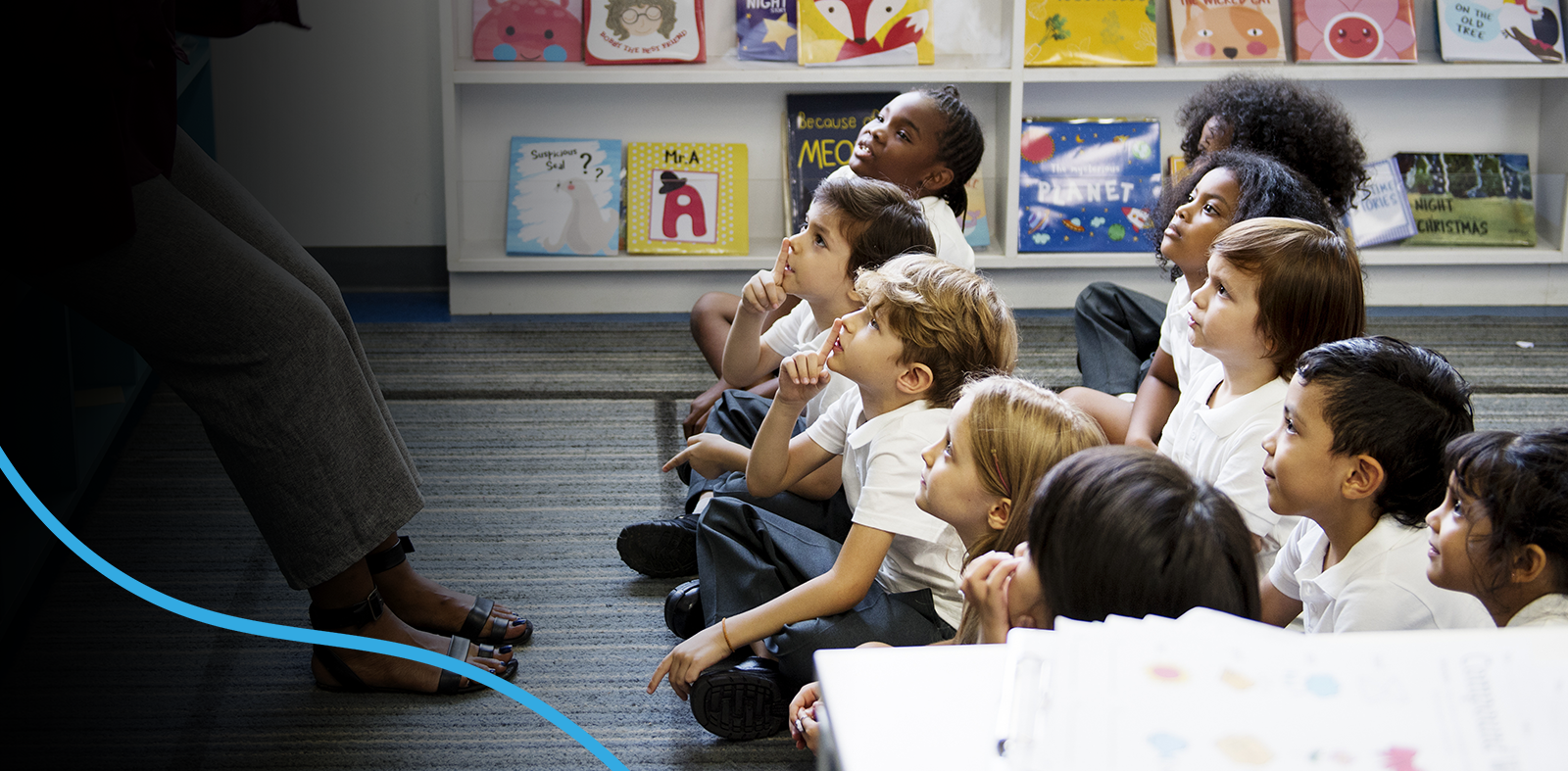
USING TECH AND CURRICULUM TO ACCELERATE STUDENT LEARNING
Download a new report that showcases concrete ways to use the power of technology to enhance and personalize literacy learning for all students.
Introduction
Recently, the Robin Hood Learning + Technology Fund approved a 2-year grant that challenged Teaching Lab to develop and test a blended literacy model that could reap (and possibly multiply) the benefits of two high-impact and promising teaching strategies — high-quality, content-rich ELA curricula and blended personalized learning. As Robin Hood noted in a 2018 concept paper on blended literacy, “...our focus is on demonstrating the yet-untapped potential of bringing the two together...Our vision is not to prescribe how to implement a blended and content-rich approach to learning. We seek instead to invest in organizations and their school partners that will demonstrate this approach thoughtfully, will try things and iterate as they learn and improve, will create new tools, models, and resources to support others, and that will ultimately generate measurable results that help the field learn more about what works, and what does not, in what circumstances” (Robin Hood, 2018, p. 4).
With a charge to discover promising blended literacy practices, Teaching Lab embarked on a two-year partnership with two traditional public K-5 schools in New York City’s District 11, located in the northeast Bronx. Teaching Lab recruited and selected the schools based on a number of prerequisite criteria, the first of which was early-stage adoption of EL Education's K-5 content literacy curriculum. Teaching Lab then co-constructed a learning agenda with educators from both schools that focused on testing blended literacy approaches with high potential for improving student learning.
While navigating shifting conditions caused by the COVID-19 pandemic, teachers and leaders explored two questions, each structured as a Teaching Lab Cycle of Inquiry:
1) how to use blended resources to build students’ content knowledge; and
2) how to use blended methods to collect student thinking and learning data.
The first hypothesis was grounded in a belief that EL could be supplemented with blended knowledge-building resources that help improve students’ access to and comprehension of the curriculum’s complex texts. The second hypothesis focused on technology’s power to efficiently collect information on student thinking and learning, which teachers could then use to make rapid, personalized instructional decisions.
Participating teachers emerged from the inquiry process confident that integrating blended learning strategies into a content-rich ELA curriculum can yield benefits for students, with 98% of teachers expressing support for blended literacy approaches in a survey administered by an external evaluator (CPRE, 2021, p.7). What follows are specific lessons that emerged from work across grade-level teams and schools. Each lesson is paired with recommendations for teachers to use as a guide when blending their own content-rich ELA curriculum. We also include examples of teacher practice, educator testimonials, and links to helpful resources that come directly from TL and participating teachers. Altogether, they comprise a practical blended literacy model ready for teachers to implement.



